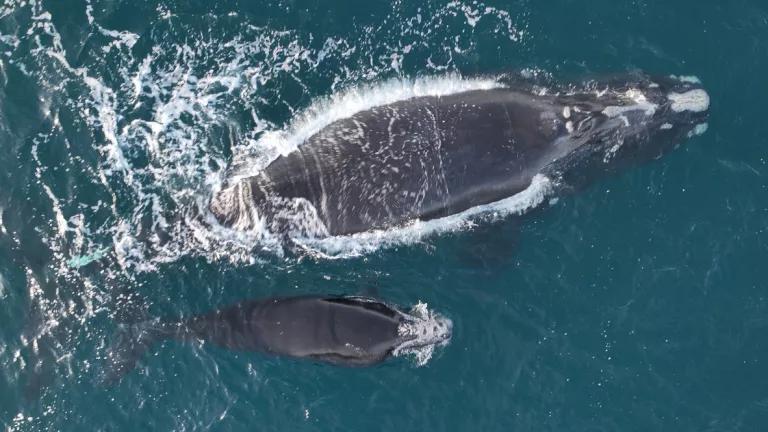In a true tour de force of misinformation and mistakes, this week's issue of The Economist features an article on the Endangered Species Act prompted by NRDC's efforts to protect the San Joaquin and Sacramento River watershed and its wildlife, including the diminutive delta smelt.
A small silvery-blue fish, the delta smelt was once common to the Sacramento - San Joaquin river estuary, but massive water diversions and other threats have pushed the little fish to the very brink of extinction. In 2005, scientists recorded the lowest population levels of the fish ever see (97% lower than when the fish was first given protection under the Endangered Species Act) and many fear that the smelt's rapid decline indicates that the native fisheries of the San Francisco Bay Delta--the largest estuary on the West Coast--is nearing systemic collapse.
Last week, responding to a case brought by NRDC, a federal judge found that the U.S. Fish and Wildlife Service had acted illegally when it signed-off on continued water diversions from the delta and ordered pumping reduced to save the smelt.
Enter The Economist, which published an editorial today on the delta smelt and the Endangered Species Act that has the unusual distinction of getting just about every factual assertion wrong. I don't have time to walk through all the errors in one brief post, but here's a sample:
According to The Economist: "When the Endangered Species Act was signed in 1973, it was expected to protect charismatic fauna such as the bald eagle and Yellowstone's grizzly bears. These days it covers such obscure life-forms as the Stock Island tree snail, the Banbury Springs limpet and the triple-ribbed milk-vetch, along with 1,348 other animals and plants."
Wrong. When it was debating the Endangered Species Act, Congress made it abundantly clear that it wanted not just to protect big "charismatic" animals, but the entire array of life with which our planet has been graced. In the words of Senator Alan Cranston (no link available): "Just what difference will it make if the California condor and the Texas blind salamander disappear forever from the face of the earth? The answer to this question, Mr. Chairman, is that the survival of man himself may ultimately depend on the survival of a diversity of flora and fauna."
The House Report, which accompanied the Endangered Species Act, made a similar point: "Who knows, or can say, what potential cures for cancer or other scourges, present or future, may lie locked up in the structures of plants which may yet be undiscovered, much less analyzed? More to the point, who is prepared to risk those potential cures by eliminating those plants for all time? Sheer self-interest impels us to be cautious."
For these and other reasons, The Endangered Species Act was designed to protect all species on the brink of extinction, not just bald eagles and grizzly bears. The Supreme Court, writing about another small fish and confronting precisely this question noted that: "One would be hard pressed to find a statutory provision whose terms were any plainer than those in 7 of the Endangered Species Act. Its very words affirmatively command all federal agencies "to insure that actions authorized, funded, or carried out by them do not jeopardize the continued existence" of an endangered species or "result in the destruction or modification of habitat of such species . . . ." 16 U.S.C. 1536 (1976 ed.). (Emphasis added.) This language admits of no exception."
The Economist also asserts (and if you've read any of my earlier posts on the Endangered Species Act this will sound familiar) that "that few species come off the threatened or endangered list" and even that the "law may actually speed up extinctions." As I've explained here and here, these arguments are, again, simply wrong and are contradicted by numerous published studies.
The next time The Economist wants to make sweeping assertions about one of America's most important environmental laws, it ought to at least get its facts straight.




